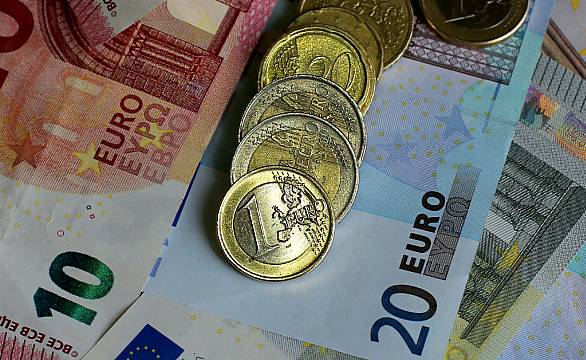Inflation in the eurozone has risen slightly to 2.6 per cent, but investors still expect the European Central Bank (ECB) to cut interest rates next week.
The official figure for the 20 countries that use the euro compares to 2.4 per cent in April, according to European Union statistics agency Eurostat. Markets had expected 2.5 per cent for May.
Inflation spiked into double digits in Europe after Russia cut off most pipeline supplies of natural gas after its full-scale invasion of Ukraine, and as the rebound from the pandemic clogged supply chains of parts and raw materials.
Inflation has fallen as energy prices have come down and as supply logjams have eased.
The decline in inflation has slowed in recent months as workers have pressed for higher wage agreements.
That has led to stubbornly higher prices in the services sector, a broad category including everything from hotel rooms to medical care to concert tickets, and where wages make up much of the cost of doing business.
Services prices rose 4.1 per cent in May, even as energy prices went up only 0.3 per cent and food inflation was no more than the overall figure at 2.6%
As inflation has faded toward the ECB’s goal of 2 per cent, concerns about growth have become more prominent.
The eurozone has shown no significant increase in gross domestic product in four years. While higher rates combat inflation by making it more expensive to borrow and buy things, they can also weigh on growth.
ECB officials have made clear that a rate cut from the current record high of 4 per cent is on the table when the bank’s rate-governing council meets in Frankfurt.
Bank president Christine Lagarde said last week that she was “really confident” inflation was under control.
Philip Lane, a member of the six-person executive board that runs the bank day to day at its Frankfurt headquarters, was quoted by the Financial Times as saying officials were “ready to remove the top layer of restriction” on borrowing costs.
Mr Lane is the official who prepares monetary policy decisions for the 26-member governing council that sets rate benchmarks, whose other members are the heads of national central banks in the eurozone countries.
How fast the bank will reduce rates at subsequent meetings remains open. Recently better growth indicators for Europe as well as sticky inflation and higher wage growth “could argue against a rate cut next week”, said Carsten Brzeski, global head of macro at ING bank.
“However, the ECB’s own communication over the last two months has made it almost impossible not to cut,” Mr Brzeski said.
That means the bank may move “very gradually” after the June meeting to reduce rates while still keeping them at a level that restricts credit, growth and inflation.







